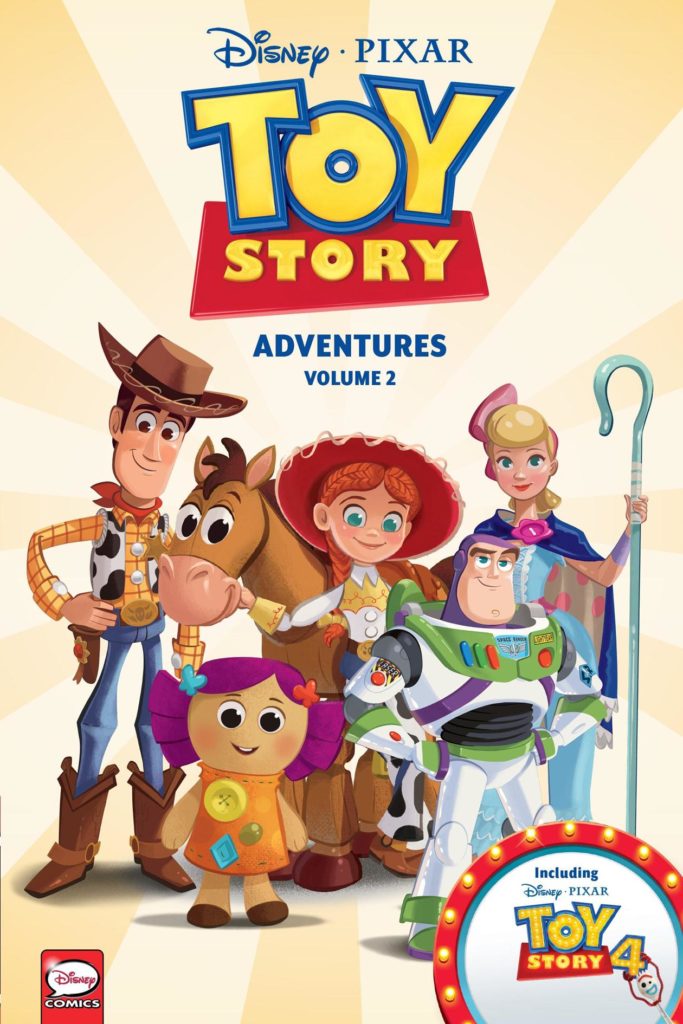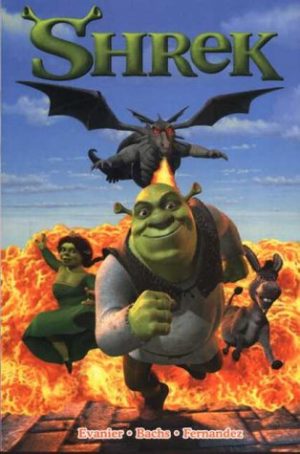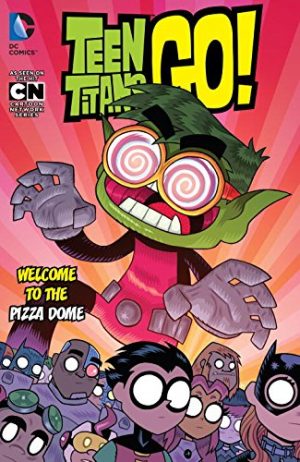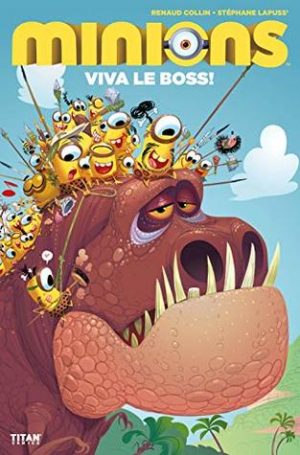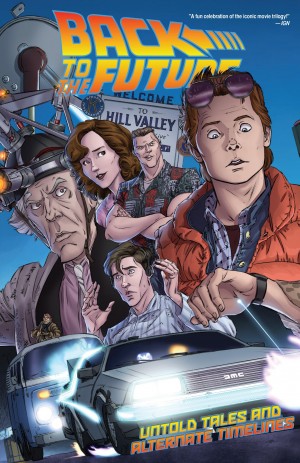Review by Frank Plowright
In terms of value for money at least, this second collection of Toy Story Adventures matches the first, with over two hundred pages of one to five page strips of the toys we all love, and the content again seems to be entirely the work of creators working for Disney’s large Italian operation. Unlike Volume 1, though, there are no longer pieces, and while that dealt with the toys in the context of Toy Story 2 and Toy Story 3, and this mops up the remainder of the Toy Story 3 strips, followed by those moving the continuity forward to Toy Story 4, although only the closing fifteen pages.
The Toy Story 3 content mixes strips occurring in the nursery with those in which the toys are in Bonnie’s house. The writers, mainly Alessandro Ferrari and Tea Orsi, use Bonnie as a character far more than they used Andy in the previous book, who if he was seen at all it was when he was leaving a room. Bonnie plays with the toys, and takes them away with her, which, in theory ought to open things up to more captivating adventures, but the strips remain resolutely obvious. The duality that enables the Toy Story films to have equal appeal to adults and children is entirely missing from the dumbed down strips, which also repeat plots. All too many are searches for missing items, the toys not being fond of Bonnie’s games, or desperate scrambles to clear up a mess. Reinforcing the similarity is a pagination that encourages comparisons. The three peas in a pod are barely seen in this collection other than in a fifteen page section that gathers all the stories in which they have a leading role.
Very rarely there’s a strip transcending the formula. While Buzz’s language responses being switched to Spanish broadly falls into the mess category, it’s an imaginative variation, at least over the first four pages, but Orsi’s final gag just deflates the entire idea. All too often that’s the case.
The vast majority of strips are drawn by either Valentino Forlini or Luca Usai, who provide the sample pages. If children are happy enough to accept standard, comic art instead of the three dimensional look seen in the films, both are very good, with the art at a level considerably higher than the scripts. The artists capture the happy nature of the cast and the individual way they move, contrasting the toys with Bonnie and filling the backgrounds. There’s no great individuality, but the kids reading Toy Story don’t want that.
An entirely new team of creators takes over for the Toy Story 4 features, Joshua Pruett injecting more life into the scripts, with the strange art credits naming Emilio Urbano as the layout artist, then crediting Sara Storino for “clean up/inks”. Whatever the breakdown, the art quality is maintained, and there’s good use of the new toys introduced in the fourth film. It’s too little, too late to rescue the entire package, but offers some hope of more laughs if a third collection follows.
